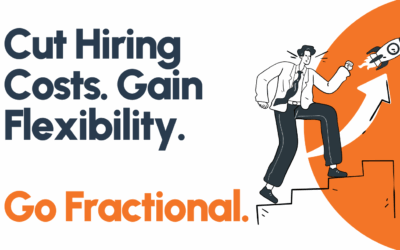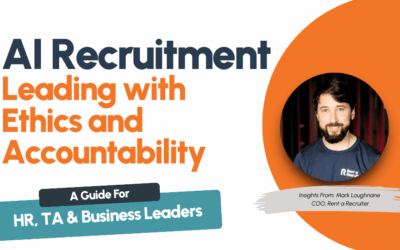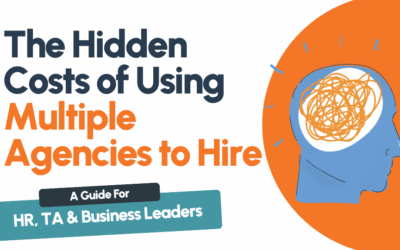Essential Recruitment Metrics to Start Tracking Today

As an HR professional, knowing key recruitment metrics can greatly help your hiring.
Recruitment metrics are measurable KPIs such as time to fill, cost per hire, and quality of hire. These help track and improve hiring efficiency, candidate quality, and overall return on investment.
Here’s a quick guide to the most important metrics that every recruiter should know.
Let’s dive in!
What Are Recruitment Metrics?
Recruitment metrics are data-driven key performance indicators (KPIs) that help measure the efficiency, effectiveness and quality of your hiring process. These metrics, such as time to fill, cost per hire and quality of hire, enable HR teams to make informed decisions, identify bottlenecks and continuously improve recruitment outcomes.
In today’s competitive talent market, tracking the right metrics is essential for aligning hiring strategies with business goals.
14 Essential Recruitment Metrics to Track
1. Time to Fill:
Time to fill measures the average number of days it takes to fill a position from the job posting to offer acceptance. Keep an eye on this metric to find and fix bottlenecks in your hiring process. This will help you fill roles quickly.
The average time to fill is around 42 days.
Our team of embedded recruiters is trained to reduce time to fill significantly.
2. Time to Hire:
Time to hire tracks the days from the candidate’s initial application or contact to their acceptance of the job offer. This metric shows how efficient your recruitment process is and helps ensure a smooth candidate experience.
A typical time to hire is 24 days.
3. Cost per Hire:
Understanding the total cost involved in hiring a new employee, from advertising to onboarding, helps you budget better and optimise recruitment expenses.
- UK Average Cost-Per-Hire: The average cost-per-hire in the UK is around £3,000. (Recuitted)
- Ireland Average Cost-Per-Hire: WrkWrk states that the cost of recruitment in Ireland has increased to €7,491 per employee, up from €4,215 in 2021. This figure is even higher for larger companies with more than 250 employees, who can expect to pay up to €14,690 per employee.
- Germany Average Cost-Per-Hire: A EuroDev article provides a range of €4,000-€6,000 as the average cost-per-hire in Germany.
- Spain Average Cost-Per-Hire: For Spain, the EuroDev article mentions the cost is 15-20% of the annual salary.
- United States Average Cost-Per-Hire: Society for Human Resource Management (SHRM) estimates the average cost per hire to be around $4,700
- Australia Average Cost-Per-Hire: According to the Australian Human Resources Institute (AHRI), the average cost to hire is $23,860
We help optimise your recruitment spend through targeted sourcing and efficient onboarding see our cost-per-hire improvement services for details.
4. Quality of Hire:
This metric assesses the value new hires bring to your company. It is usually measured by performance ratings, productivity, and retention rates. Monitoring the quality of hire ensures your recruitment process attracts top talent.
A good benchmark is achieving a high performance rating for new hires within their first year.
5. Source of Hire:
Tracking where your hires come from—whether it’s job boards, social media, referrals, or direct applications—helps you allocate resources to the most effective channels.
6. Offer Acceptance Rate:
The percentage of job offers accepted by candidates shows how attractive your offers are. If the rate is low, you might need to review your salary packages, benefits, or company reputation.
A healthy offer acceptance rate is above 90%
Need to improve these KPIs?
Our embedded recruiters can be working with your team in 5 days.
7. Application Completion Rate:
This metric shows how many candidates complete the application process after starting it. A low completion rate could mean your application process is too long or complicated. Simplifying it could help keep more applicants.
A completion rate of 80-90% is ideal.
8. Candidate Experience:
Gathering feedback through surveys can help you understand how candidates feel about your recruitment process. A positive candidate experience improves your employer brand and reduces drop-off rates.
Aim for a candidate experience rating of 80% or higher based on survey feedback.
9. Retention Rate:
Measuring the percentage of employees who stay with the company over a certain period, usually one year, helps you understand how effective your hiring and onboarding processes are.
A retention rate above 85% after one year is considered strong.
10. Diversity Metrics:
Tracking diversity metrics ensures your hiring process is inclusive. A diverse workforce leads to more innovative and effective teams. It’s important to monitor and promote diversity in your recruitment efforts.
11. Interview to Offer Ratio:
This metric tracks how many interviews you conduct before making an offer. A high ratio may suggest the need to improve your screening process, while a low ratio indicates effective candidate selection.
A ratio of 3:1 (three interviews per offer) is often seen as effective.
12. Candidate Pipeline Metrics:
Monitoring the number of candidates at each stage of the recruitment process helps you understand the flow of candidates and identify where they might be dropping off.
Maintain a pipeline with at least 50% more candidates than positions available to ensure flexibility.
13. Hiring Manager Satisfaction:
Gather feedback from hiring managers, on the quality of candidates and the recruitment process. This feedback helps improve collaboration and make sure everyone is aligned on hiring goals.
Aim for a satisfaction score of 80% or higher from hiring managers.
14. Employee Turnover Rate:
The rate at which employees leave your company, whether voluntarily or involuntarily. This metric can identify issues with the recruitment process or workplace environment. Monitoring this metric helps you address potential problems early on.
An annual turnover rate of 10% or less is considered healthy.
By understanding and tracking these recruitment metrics, you can improve your recruitment efforts. In addition, enhance the candidate experience, and build a stronger, more dynamic workforce.
Want to benchmark your recruitment performance? Speak to us about embedded hiring strategies that optimise your key metrics.
Our embedded recruiters can be working with your team in 5 days.
Recruitment Metrics FAQ’s

What are recruitment metrics?
Recruitment metrics are data points that help measure how effective and efficient your hiring process is. They give insights into various aspects of recruitment, like how long it takes to fill a position and the quality of hires.
Why are recruitment metrics important?
They help identify areas for improvement in your hiring process. This ensures you attract and keep top talent while optimising costs and time.
How can I improve my time to hire?
Streamlining your recruitment process, using applicant tracking systems, and keeping a well-organised candidate pipeline can help reduce the time to hire.
What is a good offer acceptance rate?
A good offer acceptance rate is typically above 90%. If your rate is lower, consider reviewing your compensation packages and company reputation.
How do I measure candidate experience?
You can measure candidate experience through surveys and feedback forms. Ask candidates about their experience during the application, interview, and onboarding processes.
What should I do if my retention rate is low?
Look at your onboarding process, employee engagement strategies, and workplace culture. Providing growth opportunities and fostering a positive work environment can help improve retention.
Why is diversity important in recruitment?
Diversity in recruitment leads to a more innovative and effective workforce. It brings different perspectives and ideas, which enhances problem-solving and decision-making.
Our Embedded Talent Teams
Our embedded talent teams work as an extension of your HR or Management team. We take care of your recruitment strategy and let you focus on managing your business.
Monthly Flat Fee Recruitment
For HR professionals tasked with managing recruitment budgets, the last thing you want is fluctuating costs. It’s the ideal solution for organisations with regular hiring needs who value both stability and top-tier talent.
At Rent a Recruiter, we’re all about making your life easier.
– Mark Loughnane – Chief Operations Officer

Our recruiters seamlessly blend into your team, acting like internal recruiters but without the extra headcount. It’s the best of both worlds!
Our talent team get to know your company inside and out. They understand your culture, your values, and your specific hiring needs. This personalised approach means a smoother, more effective recruitment process.
With Rent a Recruiter, you get a dedicated recruitment team that’s fully committed to your success – all without the long-term commitments. It’s hassle-free and designed to help you find the perfect talent quickly and efficiently.
Our Client Case Studies
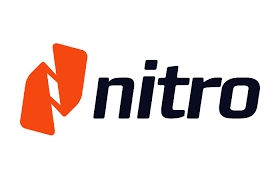
Embedded Talent Teams
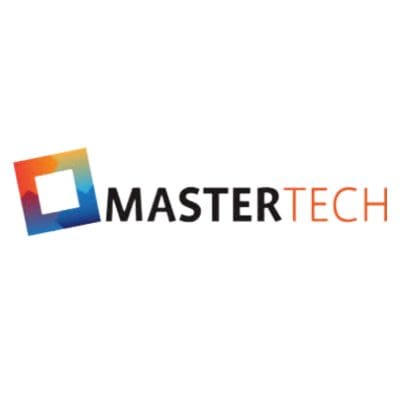
Embedded Talent Teams
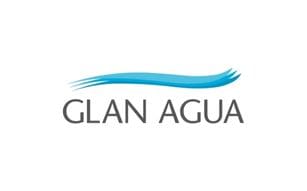
Embedded Talent Teams
Rent a Recruiter is a leading outsourced recruitment service, recognised for excellence in Talent Acquisition across IT, Engineering, Manufacturing, Construction, Finance, and Healthcare. Our embedded solutions ensure your business scales smoothly with the right talent.
